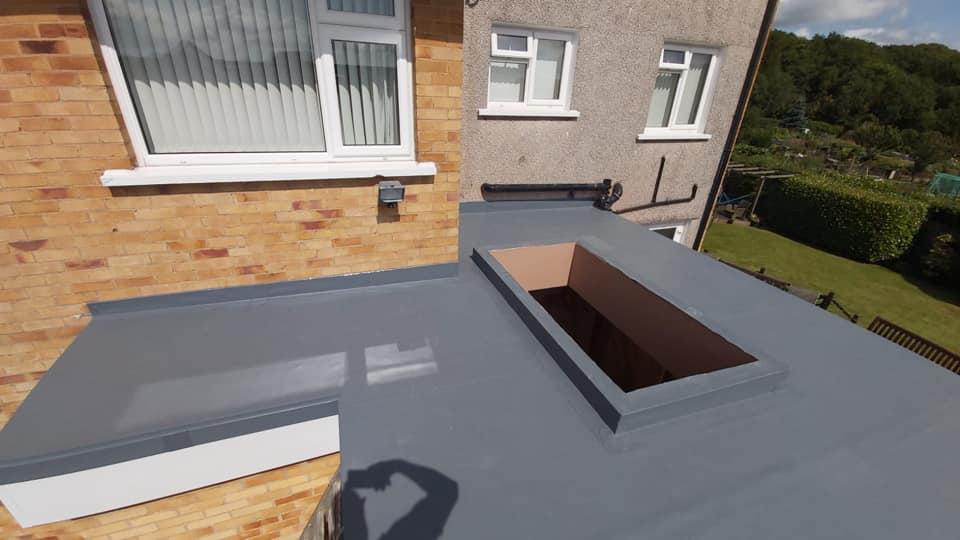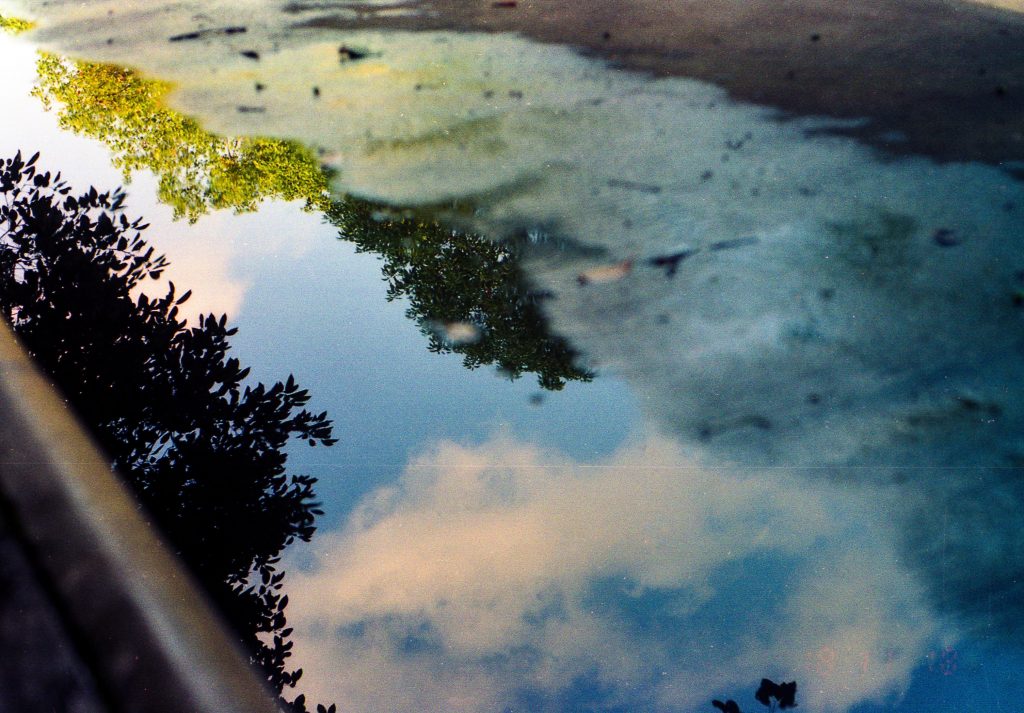It can be not only worrying but also costly when you notice a problem with your flat roof leaking. You may be wondering whether or not you will need to replace the roof completely or whether it can just be patched up.
Before you contemplate the best solution for you, you need to get to the root of the problem. You need to ask the question of why your flat roof is leaking.
In this article, we are going to cover some of the most common reasons why your flat roof could potentially be leaking to help you find the source of your problem.
Reasons Your Flat Roof is Leaking
There can be many reasons potentially causing your flat roof to leak. When it comes to roofs, there is no one size fits all resolution to the problem. What may work for some, may not be the correct solution for you.
If you have tried all of the most common suggestions we have made, and you are still having issues with leakages, it is worth contacting a specialist so they can try and find the source of your problem.
Pooling
One of the biggest culprits of causing a leaky flat roof is pooling water, particularly if you have been experiencing an onset of continuously bad weather.
As flat roofs do not slant, water can easily pool and gather on the roof if it has nowhere to go. If for example, you have experienced heavy snow, when the snow melts, the water cannot run off as easily it can with slanted roofs. Instead, the water can potentially remain on the surface of the roof instead of correctly draining.
Pooled water is heavy. After a while, the water can start to weigh down parts of the flat roof, making it uneven and unstable. Over time this can cause the roof to weaken and can allow water to leak through.
To help prevent this from happening, you should always try to remove any standing water you can see on your flat roof. This will help to keep your roof strong and in a good condition. The roof should be able to withstand the water but over time, if the water is not being removed, it will start to affect the roof.
Improper Draining
Making sure you have the correct drainage systems in place for your flat roof is essential. As mentioned above, it is more difficult for water to drain properly on a flat roof. Given this, you want to ensure that your drainage systems are all maintained to a good standard.
You will want to regularly check and maintain your drains and gutters for any signs of wear and damage. They can easily get blocked, especially in the Autumn when there are fallen leaves and debris. This will help to prevent water from pooling on the surface of the roof.
Roof Cracks
Another common cause of leaking is cracks in the roof. Over time your flat roof will start to show signs of aging and deterioration. Given the weather it has to withstand, this is inevitable.
Even the smallest of roof cracks can eventually cause havoc on a flat roof. While you may not notice the effects of small cracks for a long time, water will continuously drip through the crack in the roof and begin to saturate the materials and ceiling underneath. If the materials are not able to dry, over time they will become damaged and the water will pool in your ceiling and can potentially cause part of your ceiling to leak or collapse.
Given this, it is important to always check your flat roof for any potential signs of wear and tear, and patch them up when necessary. If left untreated, it can also lead to mould and fungus.
If the cracks in your roof are particularly bad, it is best to call a professional to fix the problem for you.
Thermal Damage
With all types of materials, flat roofs will expand and contract slightly when there are weather changes and big thermal differences. While the material of the flat roof is designed to withstand this, over time the quality will reduce and become more prone to thermal damage.
The constant expansion and contraction caused by the alternating hot and cold weather can lead to the flashing on your roof coming away from the corners and edges. This can cause leaks. It is essential to have your roof checked regularly for any signs of wear and thermal damage.
Bubbling And Buckling
Flat roofs can fall victim to bubbling and buckling which could be the cause of your leaking problem.
With age, your flat roof can begin to bubble. This is usually when it is coming to the tail end of its lifespan. Over time the materials your flat roof is made of, which is usually asphalt, begins to crack and bubble. This is something that is unavoidable and happens due to age. The asphalt loses the strength and flexibility it once had and as a result becomes damaged.
If you notice visible cracks and bubbling you will likely need a new flat roof. Water will likely begin to seep through the cracks and bubble underneath the surface of the roof which can affect the overall structure and is potentially dangerous.
Flat roofs do have the potential to shift slightly and buckle with age. Buckling can quickly become dangerous and your roof could potentially fall through.
If you notice any buckling, there has likely been some water that has made its way into the roof. In this instance, the roof should be replaced to help prevent any further damage.
Improper Installation Or Inspection
If your flat roof has not been installed correctly, this can quickly lead to leaks and problems. You always want to ensure that you are hiring someone that is trusted and proven to correctly lay flat roofs. The flat roof needs to fit with no bulges and gaps.
Good waterproof materials and drainage systems should be used. Ideally, you will want your flat roof regularly inspected by professionals for any potential damages caused.
Summary
We hope that this article has helped you to get to the source of your roof leaking problems to help you resolve them. Always remember that if you are unsure of the cause, it is worth contacting a professional to examine your roof for you.



